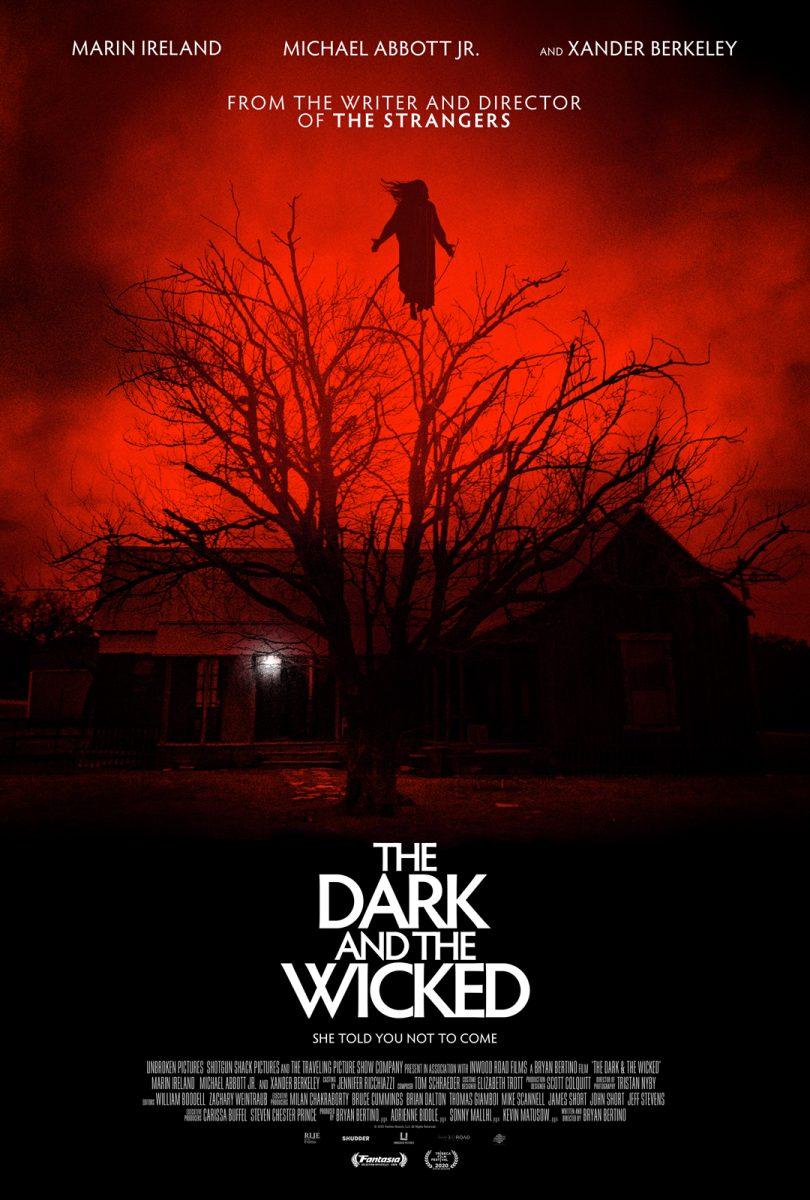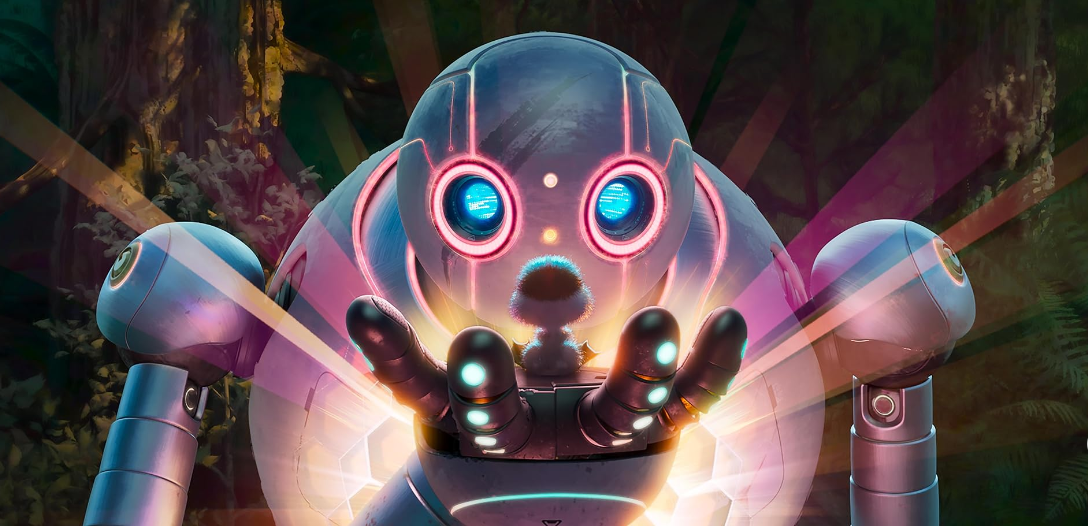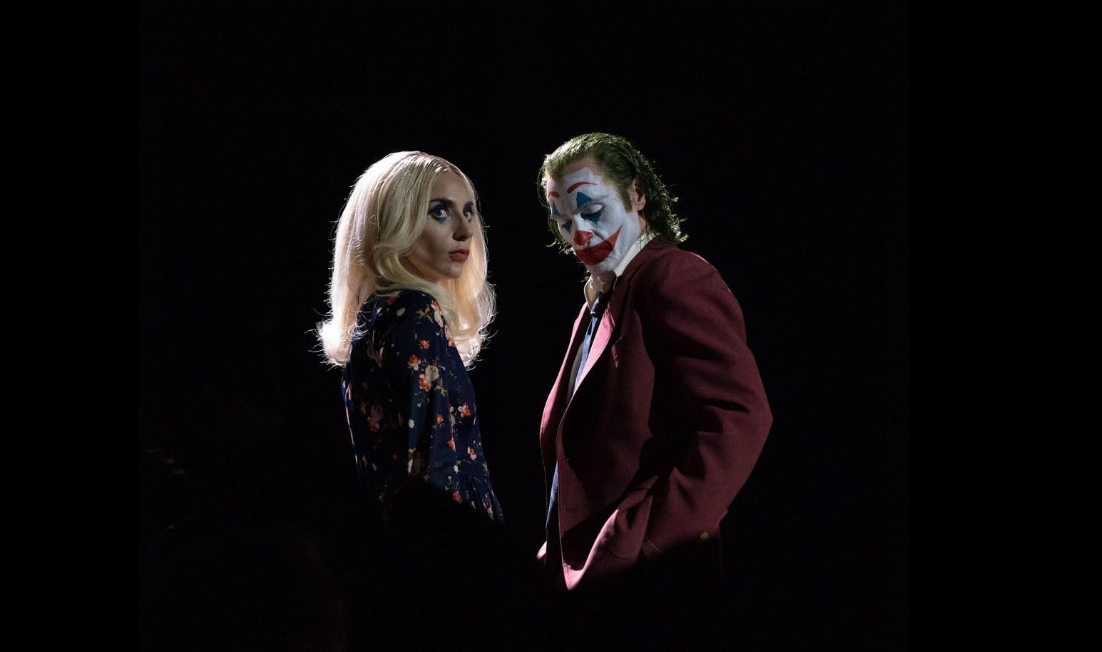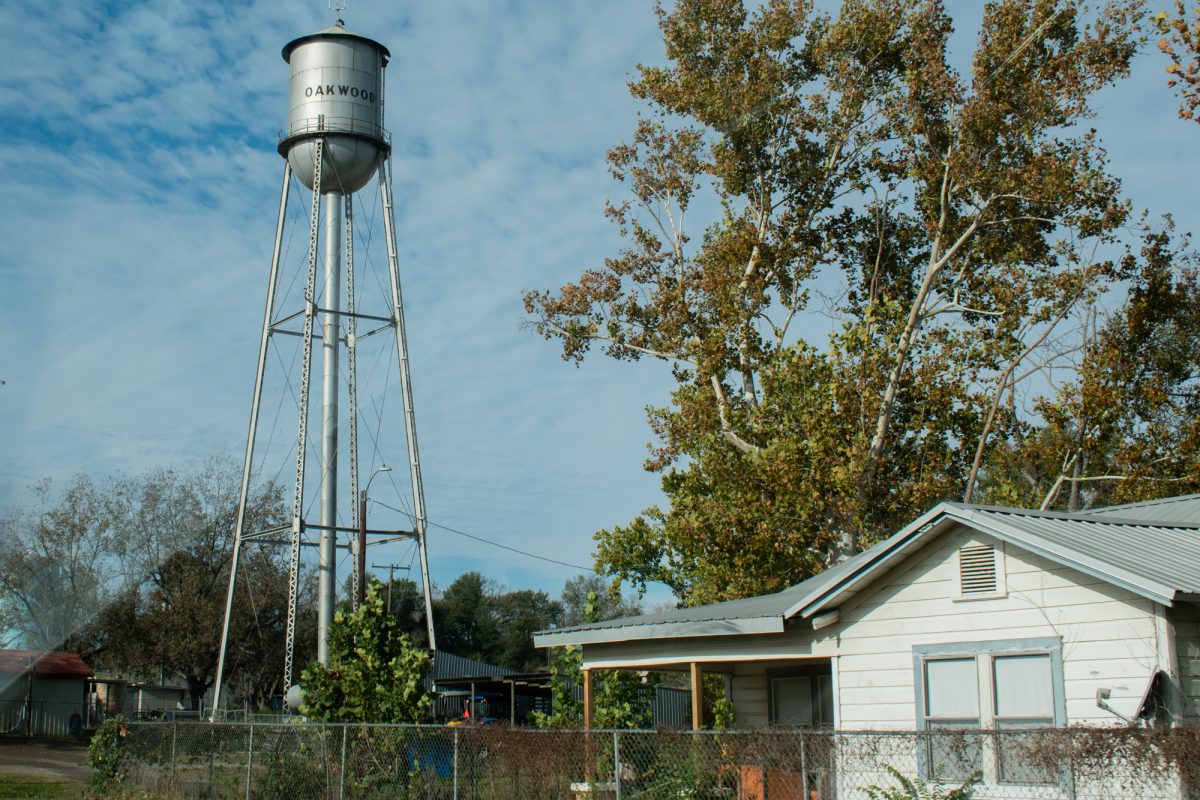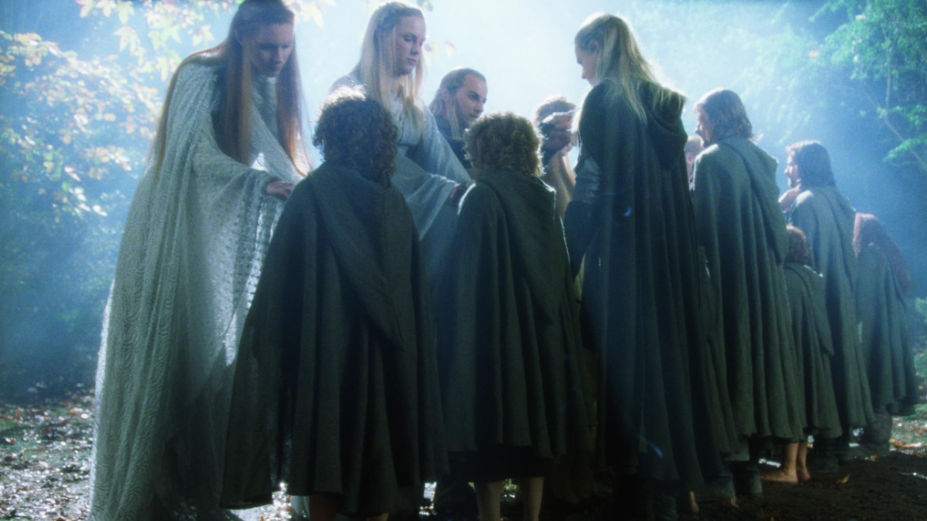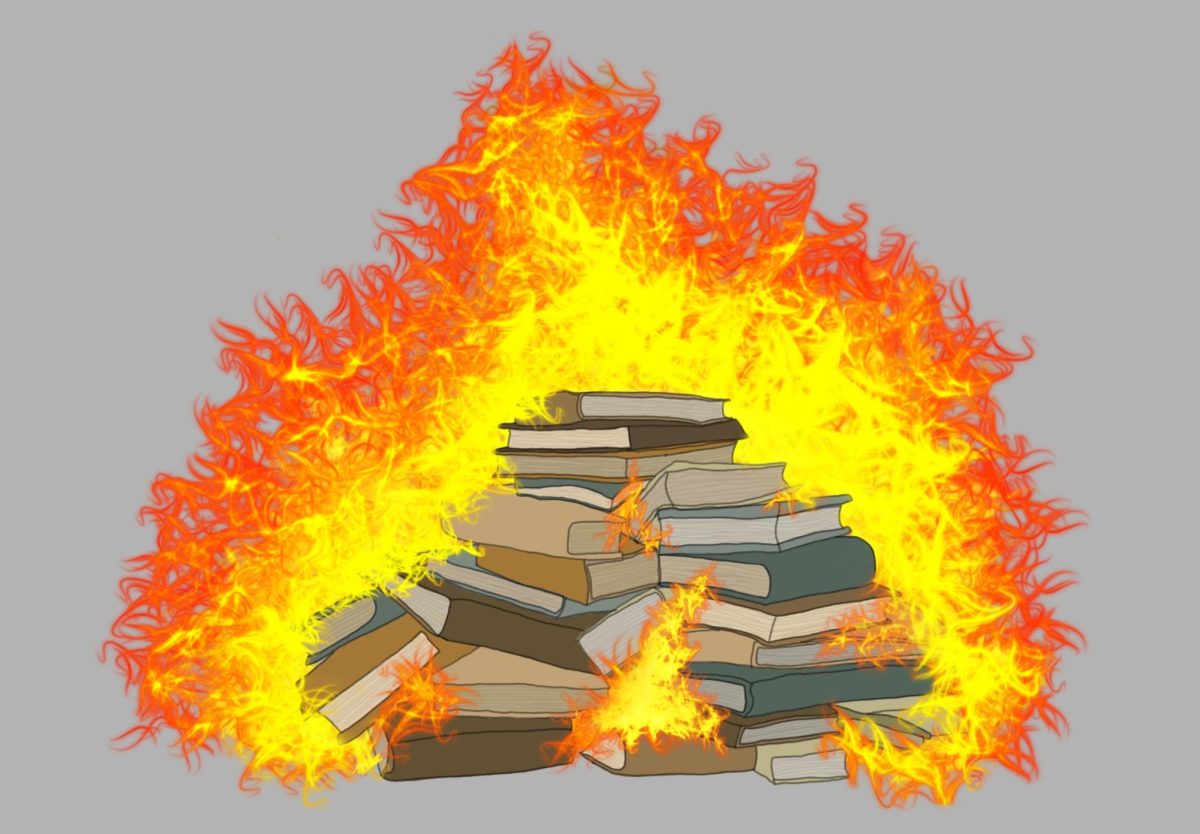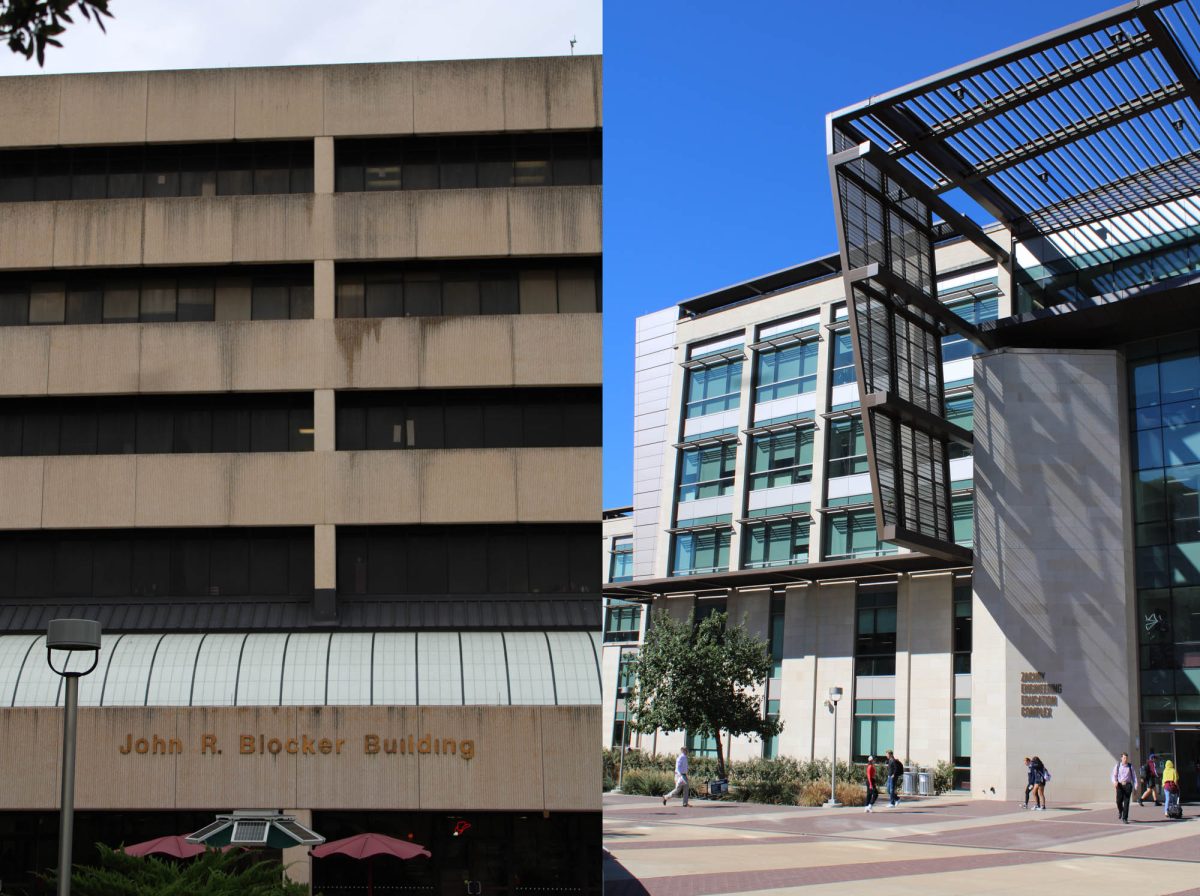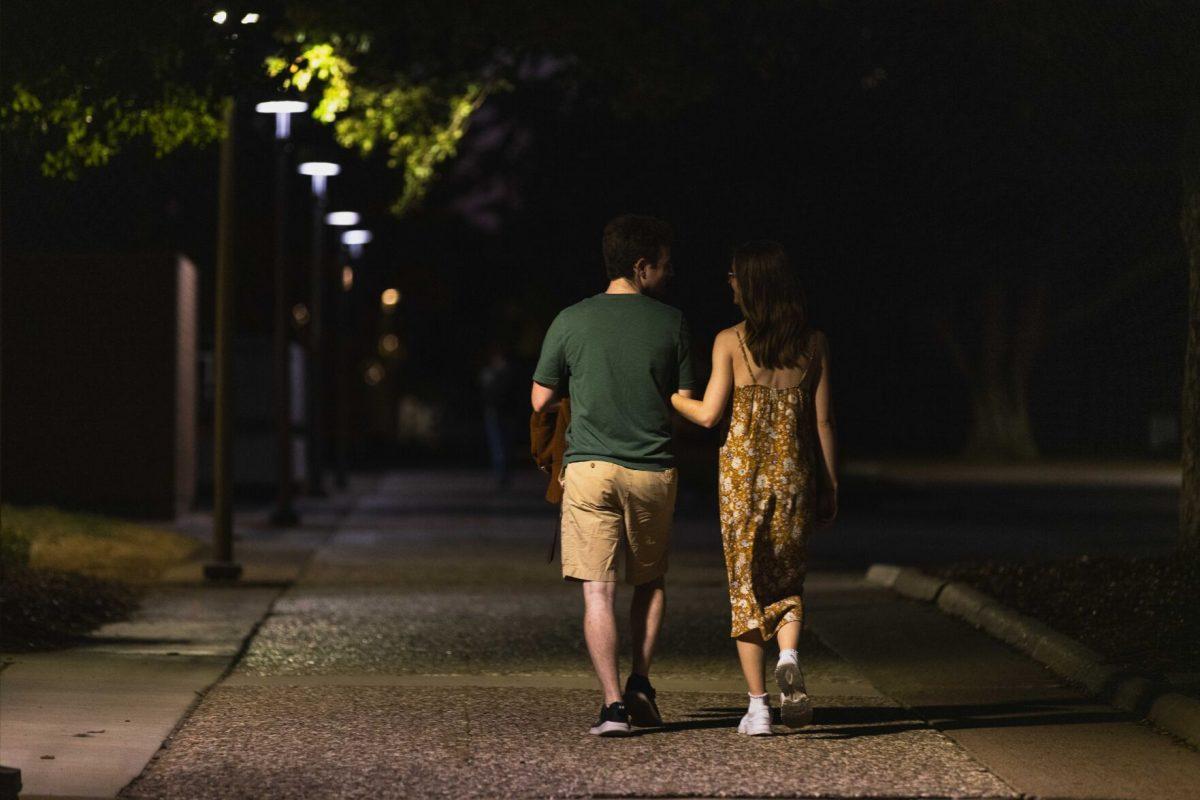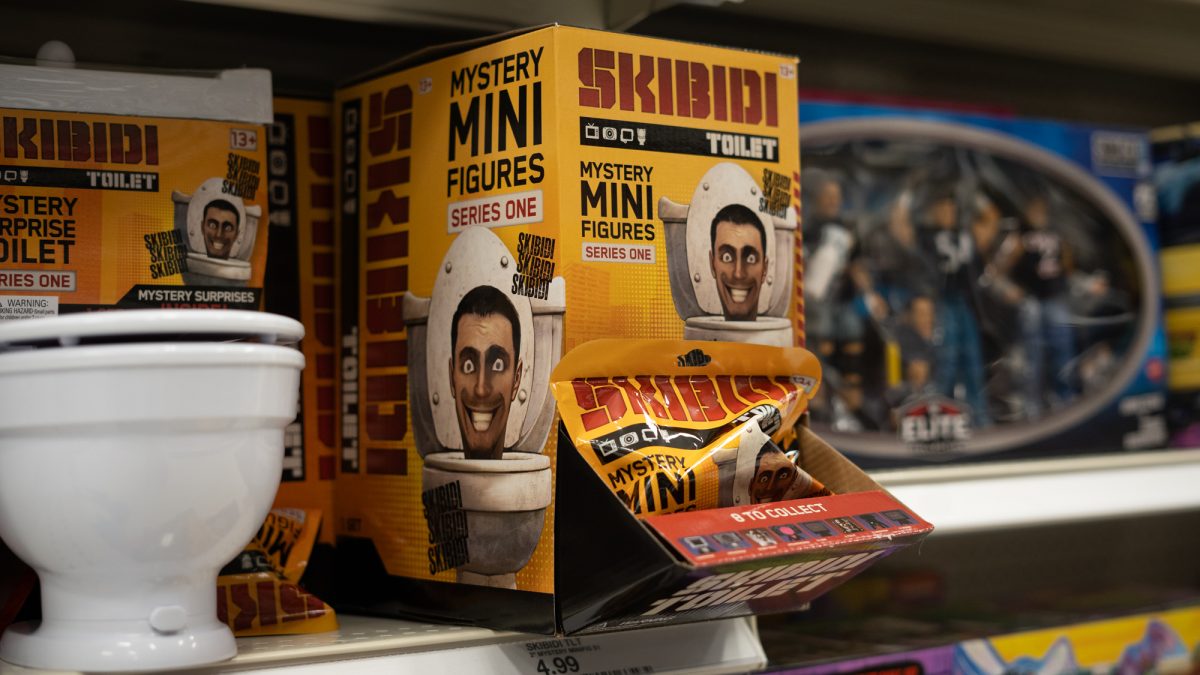Around 2014 or 2015, there was a new trend emerging in popular horror films: Post-horror. This term was coined by film theorists and genre enthusiasts alike, and it can be loosely defined as films within the horror genre which prioritize atmosphere and mood over the generic jump scares that audiences have come to expect from mainstream films. Their plots are usually more ambiguous and often receive high praise from critics. Some of the most common films attributed to the “post-horror” label include “It Follows,” “The VVitch,” “Hereditary” and “Midsommar.”
The latest Shudder exclusive, aptly titled “The Dark and the Wicked,” is the most recent example of this slightly elevated breed of horror film. Directed by Bryan Bertino, who has directed a number of low-budget horror films, “The Dark and the Wicked” is the story of family tragedy surrounded by a supernatural malevolent force which preys on the fears of its victims.
On the surface, the film draws comparisons to “Hereditary,” a story in which an unobserved evil tears apart a family from the inside out. Unfortunately, “The Dark and the Wicked” is a lesser, clunkier example of themes explored in that film. What makes films like “Hereditary” and “The VVitch” so successful is their skillful storytelling, which always comes first no matter the genre. In those films, the scares were intentional; they moved the story forward and projected the characters’ fears in visually interesting and creative ways. “The Dark and the Wicked” is not lacking in disturbing imagery, yet much of the imagery seems to exist more for the sake of scaring the audience and less for the sake of telling a compelling story. The scares in this film are not earned, except for one moment at the end, and the characters are completely flat.
The film’s score is also a vast disappointment, as the scores of many post-horror films often offer an ethereal backdrop to the unsettling visuals. However, the score in this film is a distraction to the overall atmospheric tone, alerting the viewer that something creepy is happening in the background or that something shocking is about to happen. This lack of subtlety makes the film feel cheap and can pull one out of the story. The score constantly calls attention to itself, draining each scene of any tension.
The final major significant flaw in “The Dark and the Wicked” is not only the poor characterization of its protagonists but also the cartoonishness of other characters who are supposed to represent evil. The two main actors give good performances for what they’re given, despite their characters’ lack of depth.
Perhaps the most frustrating aspect of “The Dark and the Wicked” is its lack of identity. Its aesthetics allude to post-horror films of the past few years, with long, eerie takes that aim to create the illusion of an unsafe space. The cinematography is nice to look at, yet there is nothing that this film does that has not been done more competently by the other films mentioned earlier. It injects no new life into the subgenre. It is a film about family tragedy, but it does not come close to the masterful filmmaking and storytelling of “Hereditary,” nor does it capture the primitive sense of isolation found in “The VVitch.” It attempts to do masterful storytelling, filmmaking and more, and is largely unsuccessful on all accounts.
“The Dark and the Wicked” lives up to its title with varying degrees of success
March 10, 2021
Photo by via imdb.com
Film critic Joseph Ornelas’s review of “The Dark and the Wicked” describes how the film seemed to miss the mark.
0
Donate to The Battalion
$0
$2500
Contributed
Our Goal
Your donation will support the student journalists of Texas A&M University - College Station. Your contribution will allow us to purchase equipment and cover our annual website hosting costs, in addition to paying freelance staffers for their work, travel costs for coverage and more!
More to Discover



